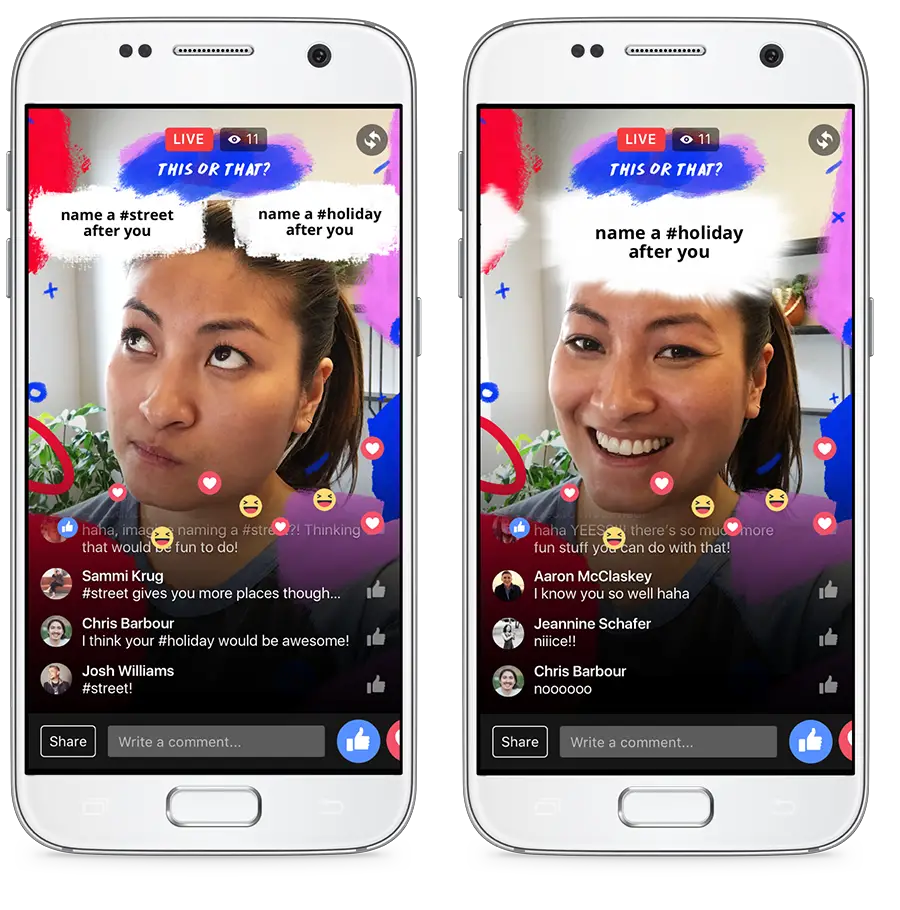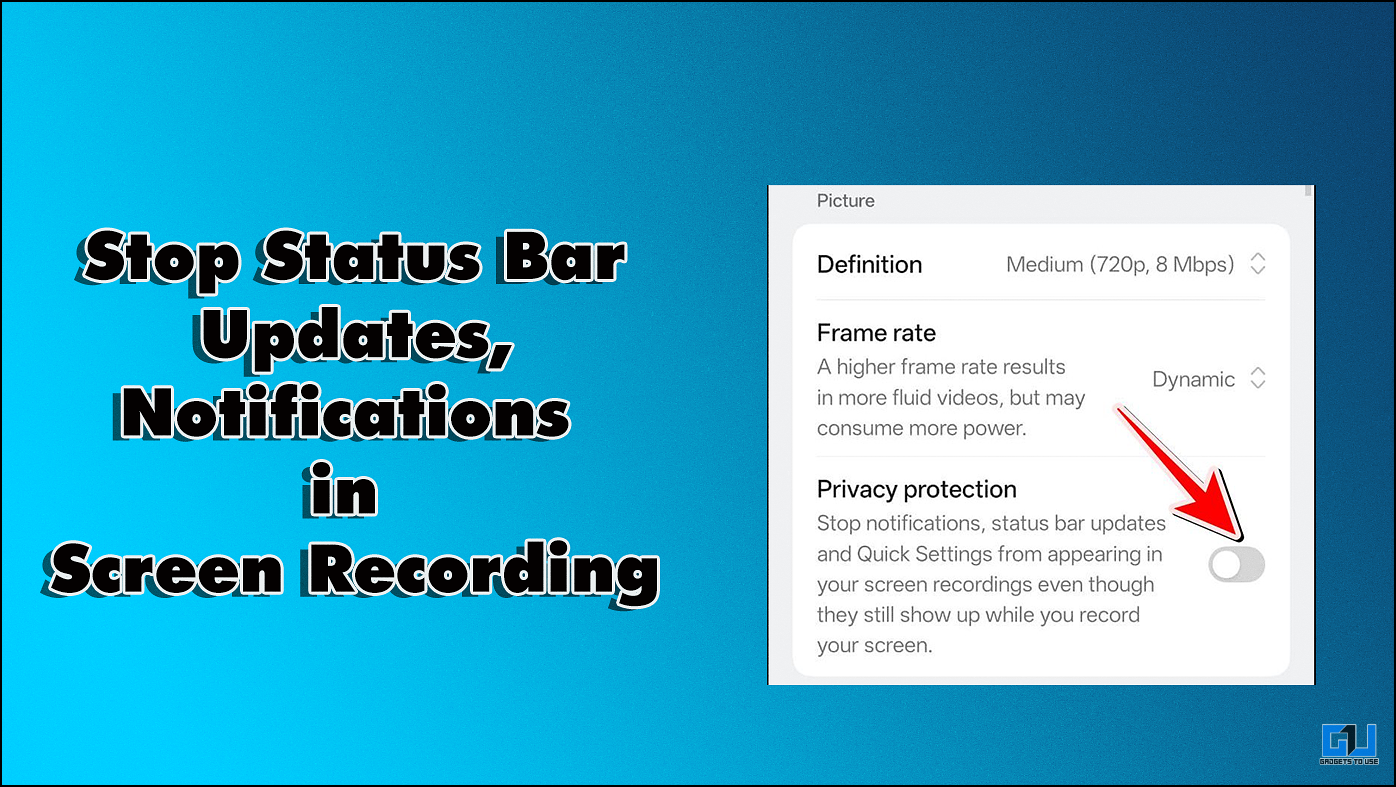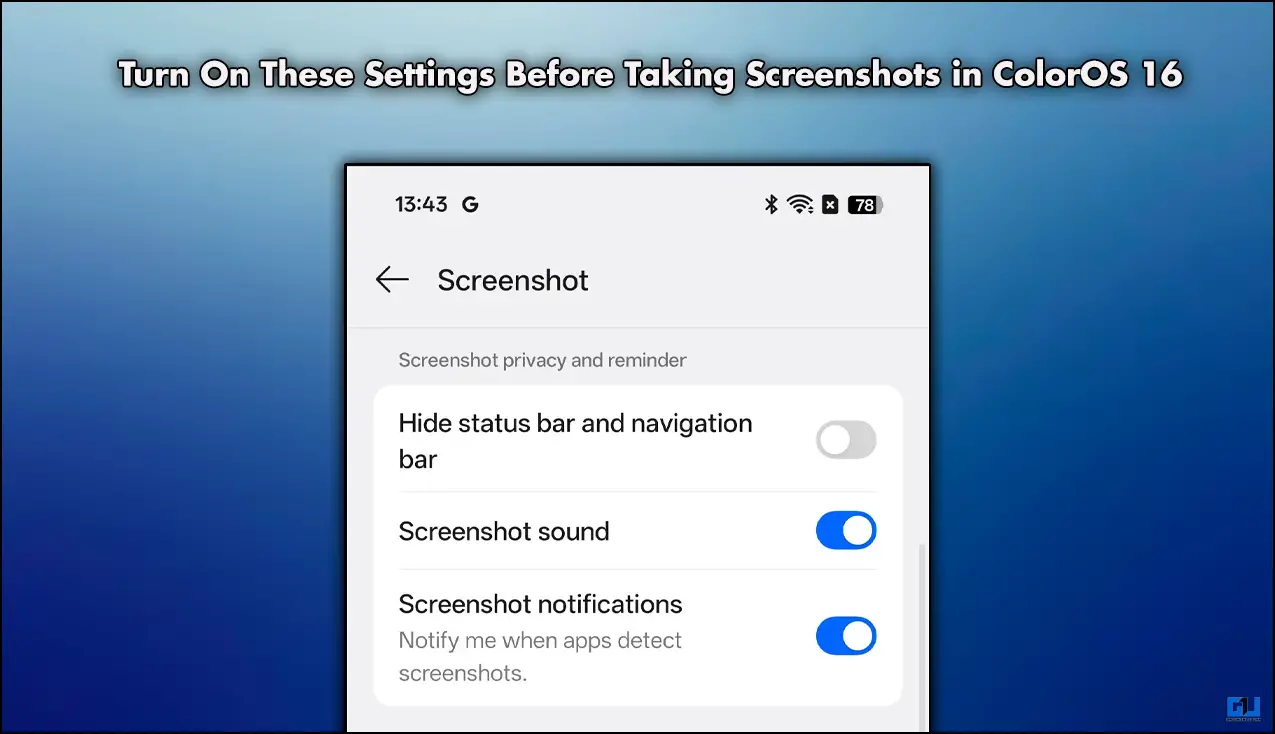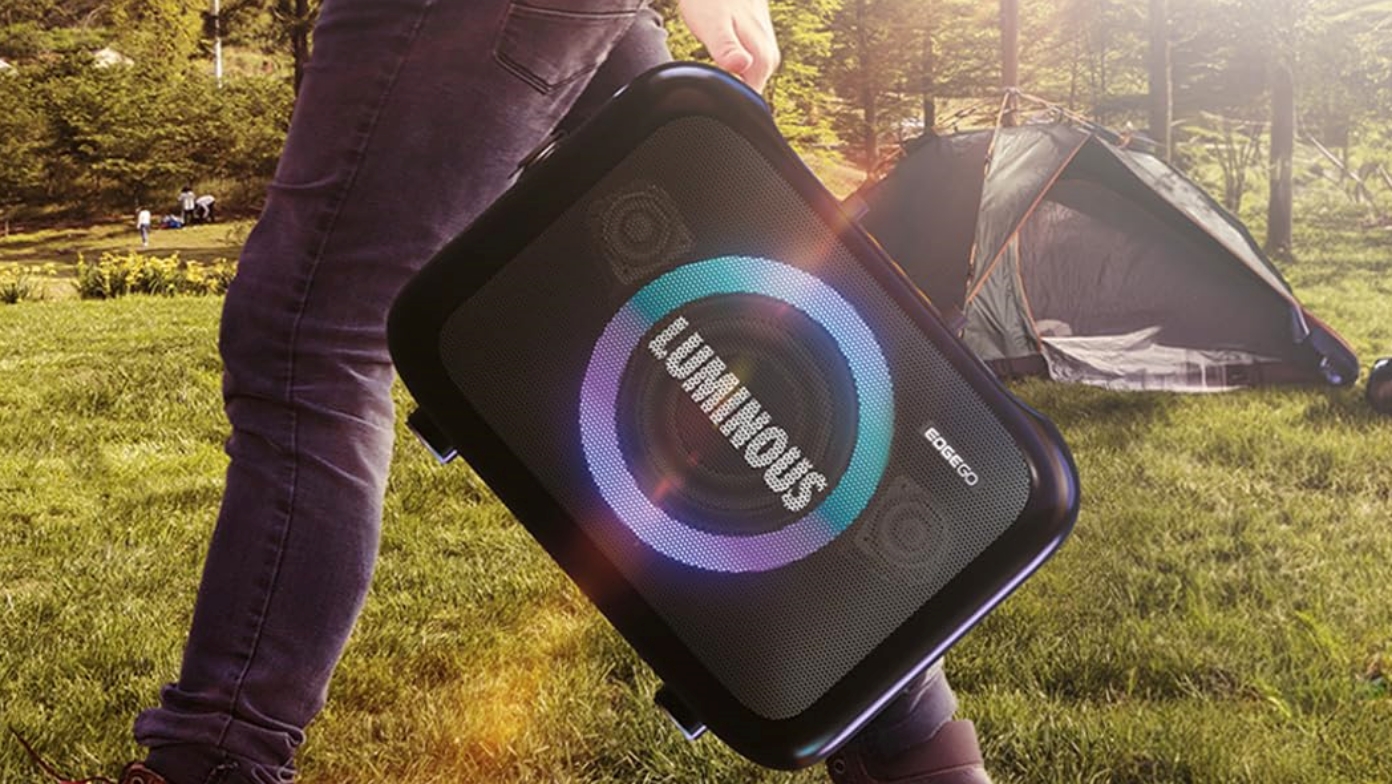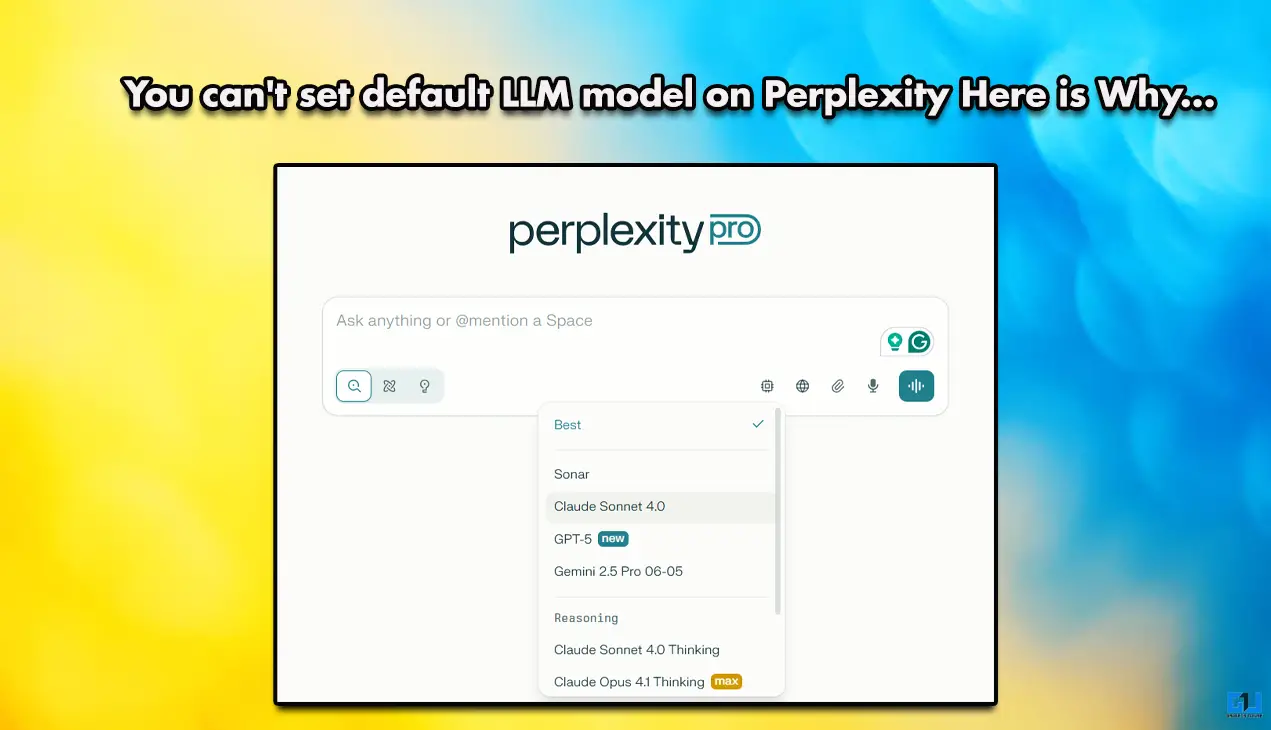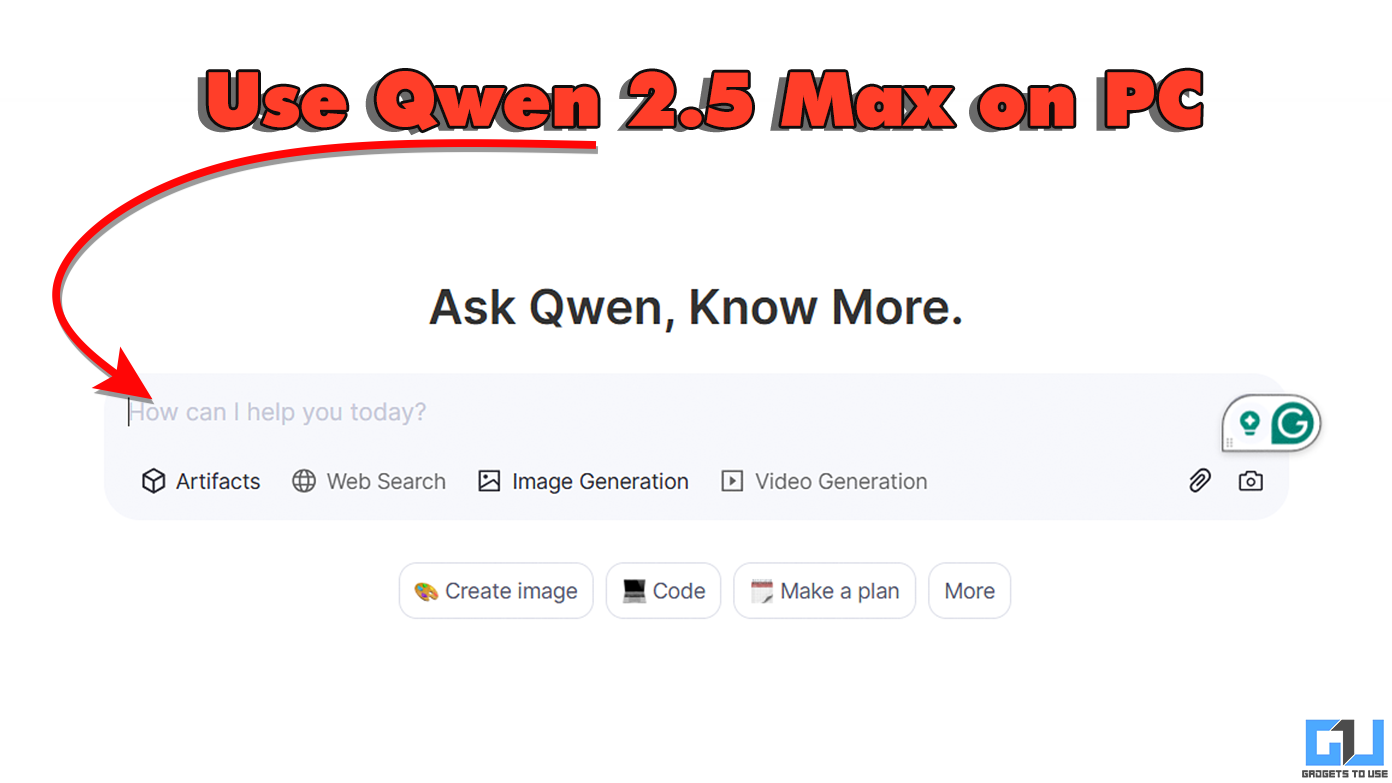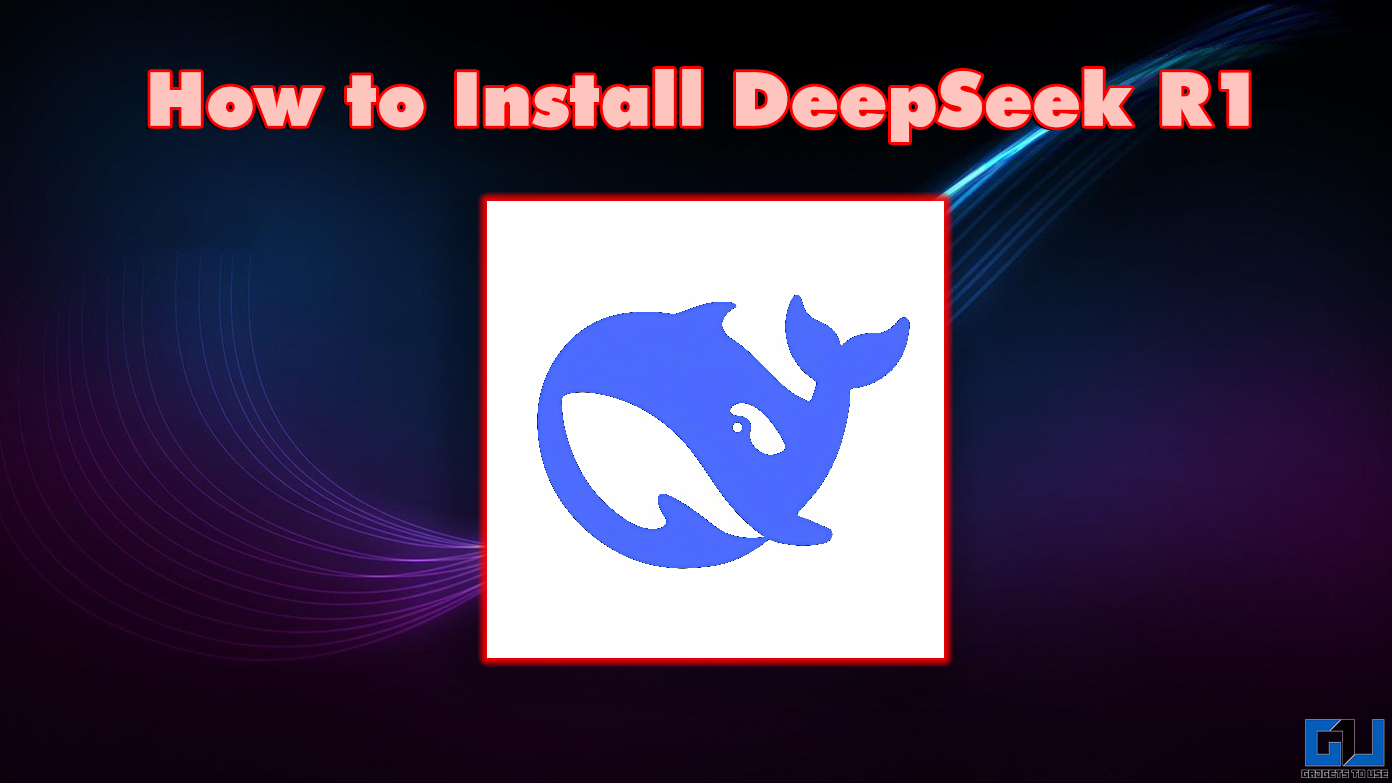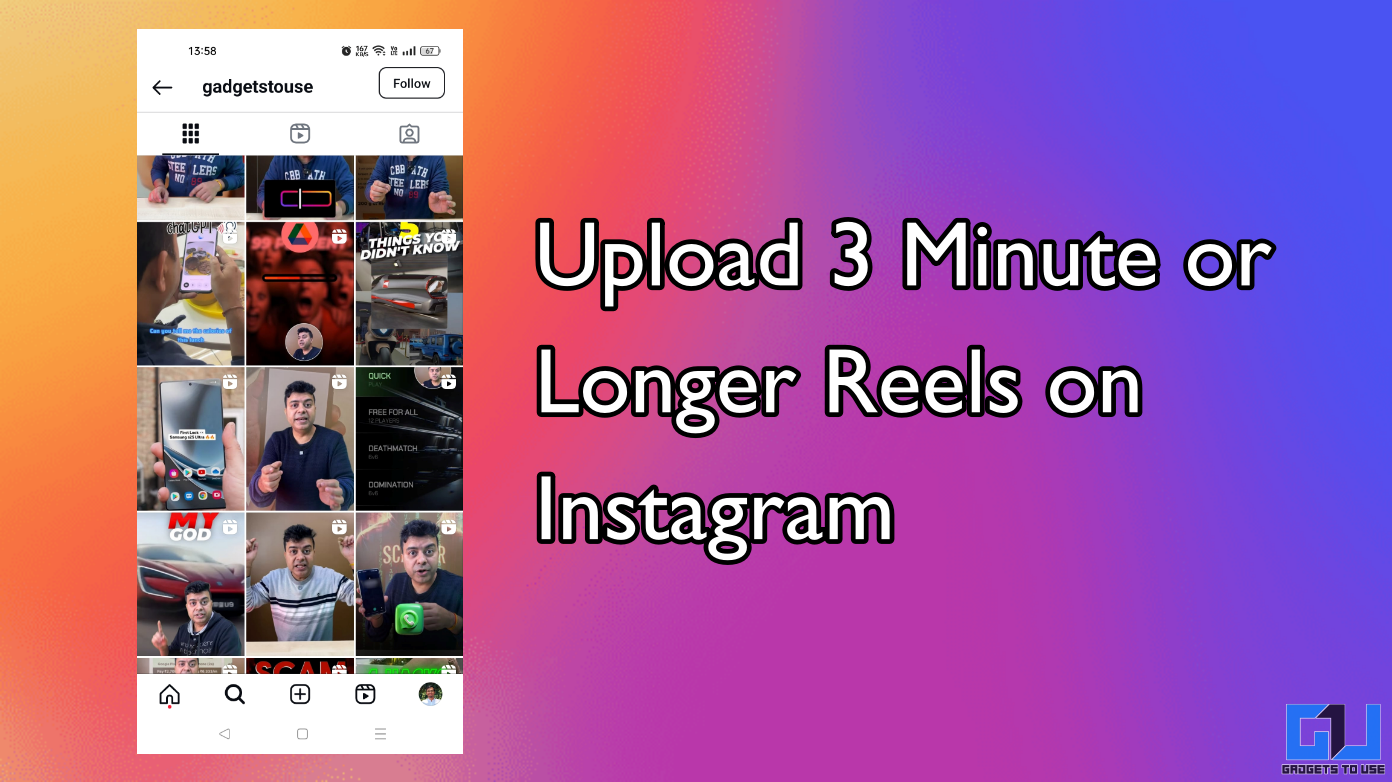Quick Answer
- Step 1 includes rolling out new camera tools and options within Facebook’s family of apps and the Step 2 is to introduce the new Camera Effects Platform, which will enable developers to build all kinds of Ar Tolls, which went live recently.
- In addition to this, Facebook will also make effects options available for Facebook Live within AR Studio, which will be able to respond to events that occur during facebook Live broadcast.
- Further, the most picked hashtag will be reflected on the top of the video and the broadcaster can then pick that hashtag to cause a related GUF to….
Facebook always had a capacity of beating its competitors in the field of engaging communication platform. One of its key competitors, Snapchat was gaining a number of users due to its interactive form of communication features and now Facebook is gearing up to beat Snapchat in its own game. Facebook has an added advantage of providing better user experience than Snapchat and now the team has started taking benefits of the same.
Snapchat pitched its product to the right audience, which mainly consists of young people. With cool features and tools that Snapchat offers, the app immediately gained the momentum and was able to drive a huge user base. But now, Facebook has taken the next step to take the lead over Snapchat. At their F8 conference, the company clearly showcased what it is up to and how it will plan its future features to gain better engagement.

Recommended: Hugo Barra Joins Facebook As The VP Of Virtual Reality
Most of the new features are oriented towards Facebook’s new camera tools which they will be developing and rolling out in a different capacity. Initially, the team was focusing more on virtual reality which is still a far fetched dream but, along with keeping that in focus, the tech team introduced features that can compete against that of Snapchat.
Step 1 includes rolling out new camera tools and options within Facebook’s family of apps and the Step 2 is to introduce the new Camera Effects Platform, which will enable developers to build all kinds of Ar Tolls, which went live recently. There are two new platforms in the creative tools which include Frame Studio and AR Studio.
Frame Studio is a web-based tool which will allow any user to create frames for the images that can be used as profile pictures. The created frames will hold the creator’s name and that will appear in the camera of friends or Page fans. The final posts will be reflected in the News Feed. This is quite similar to the Snapchat’s Geofilters option which was released in last February and an extension of Facebook’s custom Frames, which were released in December.
By using Frame Studio, individuals or brand owners will be able to create advanced, custom effects options which can be further used to either create goofy- in jokes or creating awareness of the brand. It has to be noted that Frames have to comply with the Facebook’s guidelines and should not include logos or trademarks unless pre-approved by Facebook.
Recommended: Facebook Messenger Now Gets Group Video Chat Feature
Considering the AR Studio, it is a much more advanced version for the artists and developers. It will help in creating own AR experiences like animated frames, masks, and interactive effects that reacts on motion, interactions during Live broadcasts, or third-party data. Approved effects made with AR Studio will be available in the new Facebook camera which can be used for photos, live broadcasts or videos. It has to be noted that all these features will not be available in one-go.
At the moment, these features are available for beta testing among a closed group. In the first iteration, following tools will be available for use:
- Face Tracker: It is a real-time computer vision algorithm that tracks the face and allows the creator to make masks which fit and respond to facial movements.
- Sensor Data: It will be used for developers to create effects where people can move their phone to pan around a virtual world.
- Scripting APIs: This will allow developers to download data, respond to user interactions and modify the effects in real time.
Recommended: WhatsApp Is Sharing Your Personal Data With Facebook
In addition to this, Facebook will also make effects options available for Facebook Live within AR Studio, which will be able to respond to events that occur during facebook Live broadcast. Facebook has provided an example of two Live effects – ‘This or That’ which enables broadcasters to choose between the two options displayed on the screen by using a hashtag. Further, the most picked hashtag will be reflected on the top of the video and the broadcaster can then pick that hashtag to cause a related GUF to pop out, making an entirely different experience of interaction.
The new camera effects open a list of opportunities to innovate and take the platform ahead of Snapchat. Over this time, Facebook has found it hard to cope with the young generation and keep them engage. But, with all these features coming on the platform, it will be interesting to see how the competitor like Snapchat will transform its strategy.
